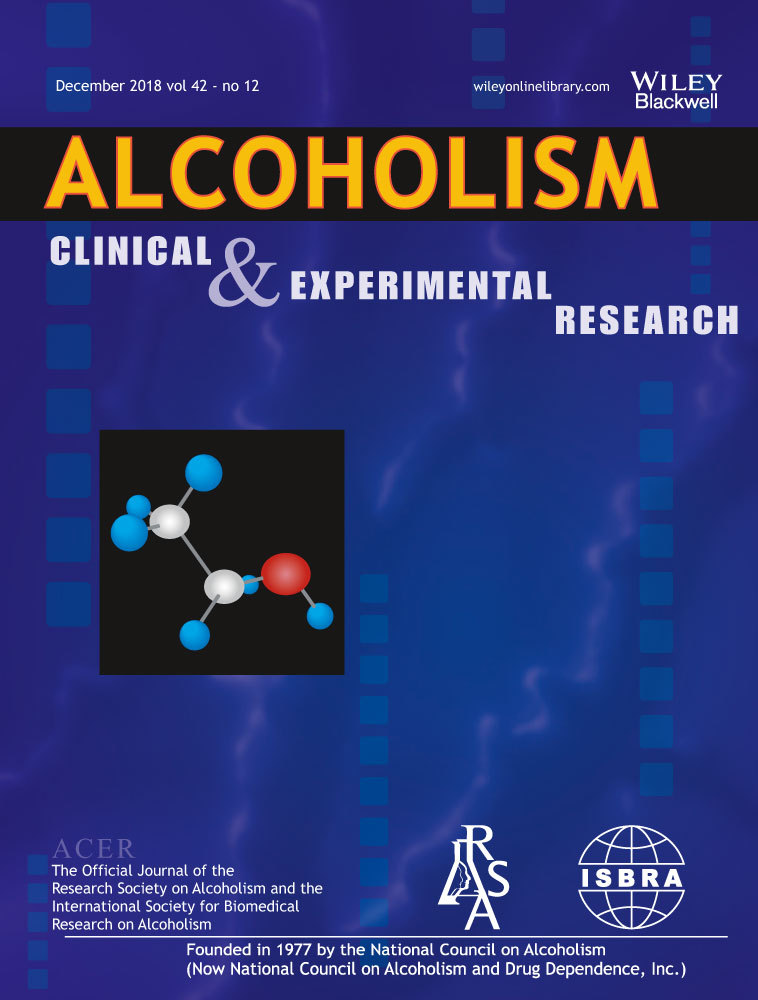
“Cannabis has been used for medicinal purposes for thousands of years.
The prohibition of cannabis in the middle of the 20th century has arrested cannabis research.
In recent years there is a growing debate about the use of cannabis for medical purposes.
The term ‘medical cannabis’ refers to physician-recommended use of the cannabis plant and its components, called cannabinoids, to treat disease or improve symptoms.
Chronic pain is the most commonly cited reason for using medical cannabis.
Cannabinoids act via cannabinoid receptors, but they also affect the activities of many other receptors, ion channels and enzymes.
Preclinical studies in animals using both pharmacological and genetic approaches have increased our understanding of the mechanisms of cannabinoid-induced analgesia and provided therapeutical strategies for treating pain in humans.
The mechanisms of the analgesic effect of cannabinoids include inhibition of the release of neurotransmitters and neuropeptides from presynaptic nerve endings, modulation of postsynaptic neuron excitability, activation of descending inhibitory pain pathways, and reduction of neural inflammation.
Recent meta-analyses of clinical trials that have examined the use of medical cannabis in chronic pain present a moderate amount of evidence that cannabis/cannabinoids exhibit analgesic activity, especially in neuropathic pain.
The main limitations of these studies are short treatment duration, small numbers of patients, heterogeneous patient populations, examination of different cannabinoids, different doses, the use of different efficacy endpoints, as well as modest observable effects.
Adverse effects in the short-term medical use of cannabis are generally mild to moderate, well tolerated and transient. However, there are scant data regarding the long-term safety of medical cannabis use.
Larger well-designed studies of longer duration are mandatory to determine the long-term efficacy and long-term safety of cannabis/cannabinoids and to provide definitive answers to physicians and patients regarding the risk and benefits of its use in the treatment of pain.
In conclusion, the evidence from current research supports the use of medical cannabis in the treatment of chronic pain in adults. Careful follow-up and monitoring of patients using cannabis/cannabinoids are mandatory.”
https://www.ncbi.nlm.nih.gov/pubmed/30542280
https://www.frontiersin.org/articles/10.3389/fphar.2018.01259/full










 “Cannabis is one of the most widely used plant drugs in the world today. In spite of the large number of scientific reports on medical marijuana there still exists much controversy surrounding its use and the potential for abuse due to the undesirable psychotropic effects. However, recent developments in medicinal chemistry of novel non-psychoactive synthetic
“Cannabis is one of the most widely used plant drugs in the world today. In spite of the large number of scientific reports on medical marijuana there still exists much controversy surrounding its use and the potential for abuse due to the undesirable psychotropic effects. However, recent developments in medicinal chemistry of novel non-psychoactive synthetic